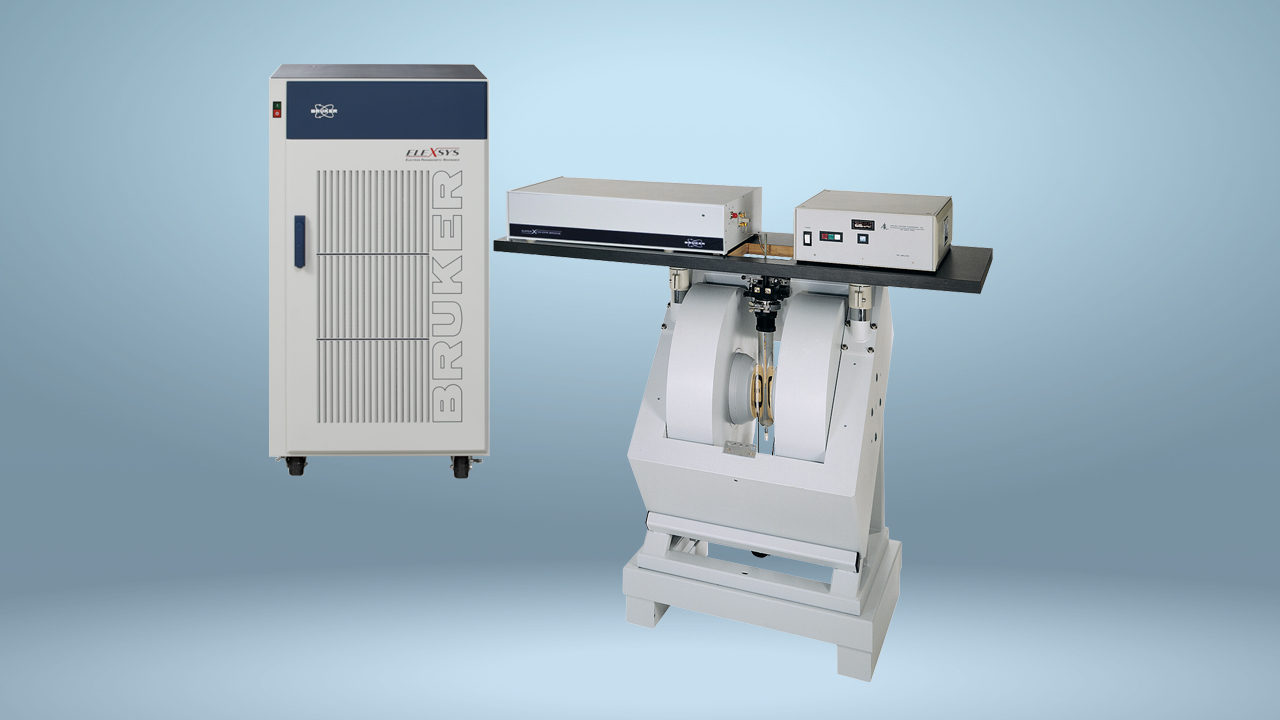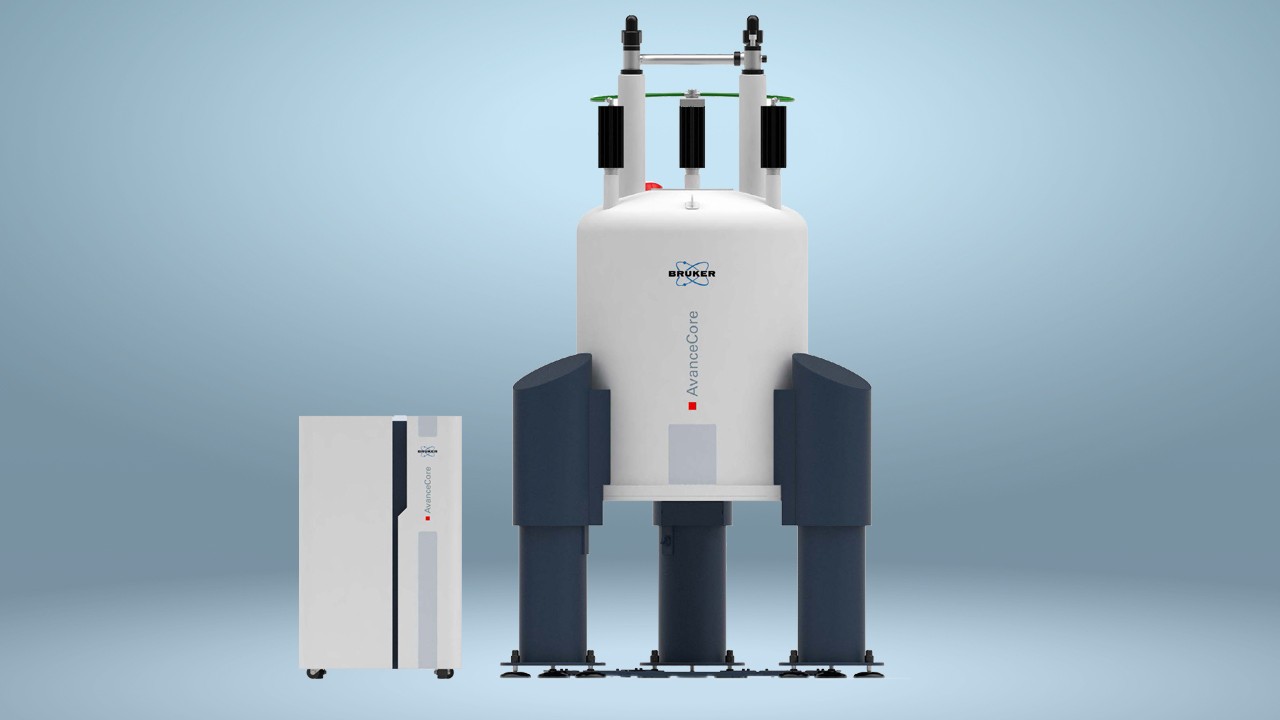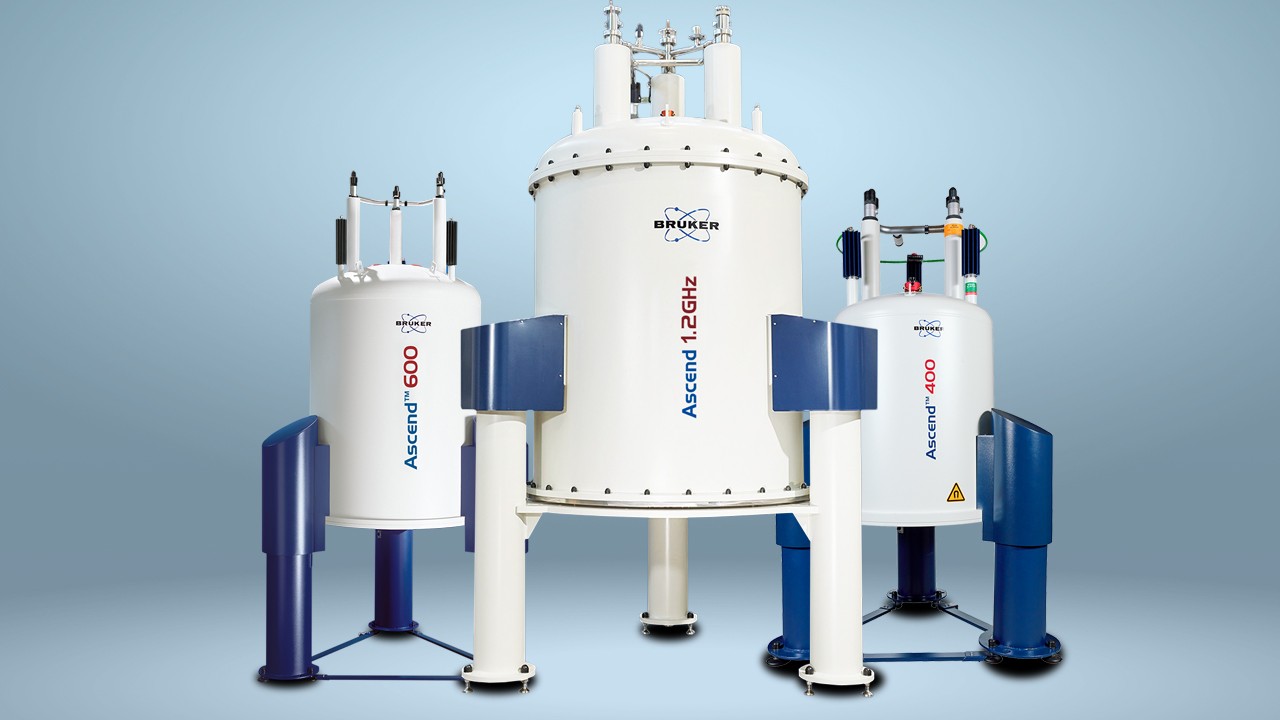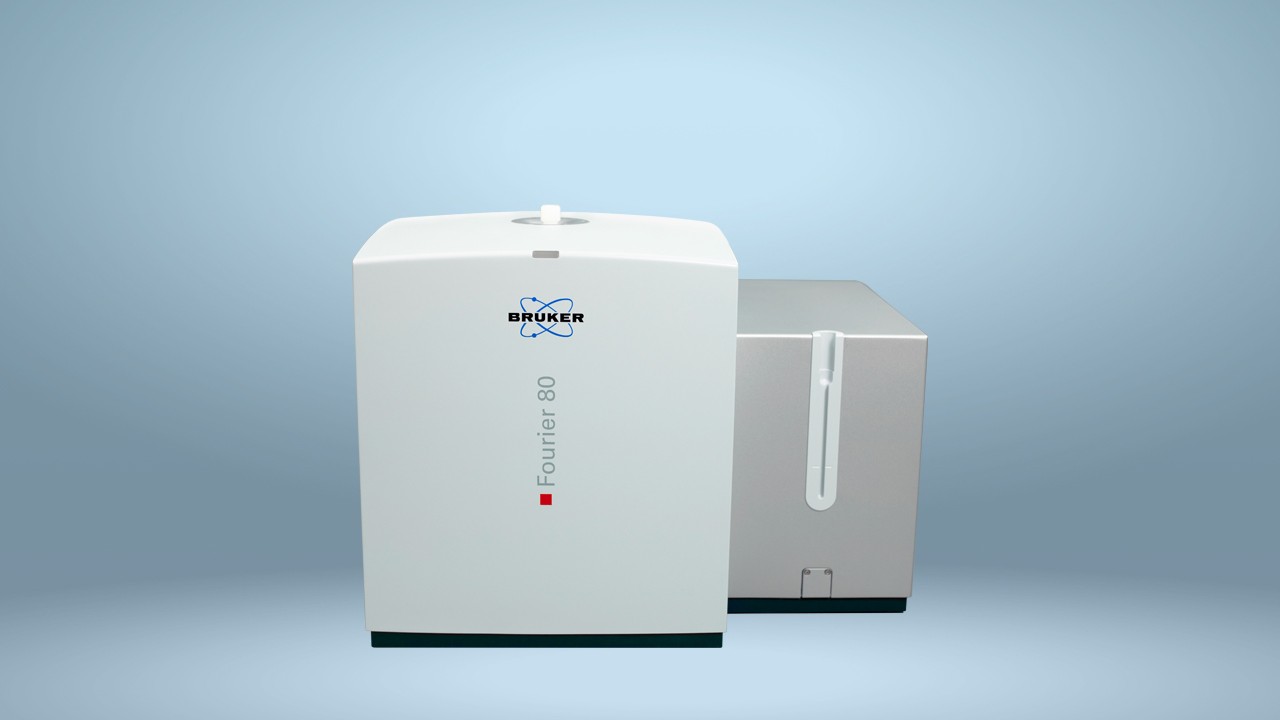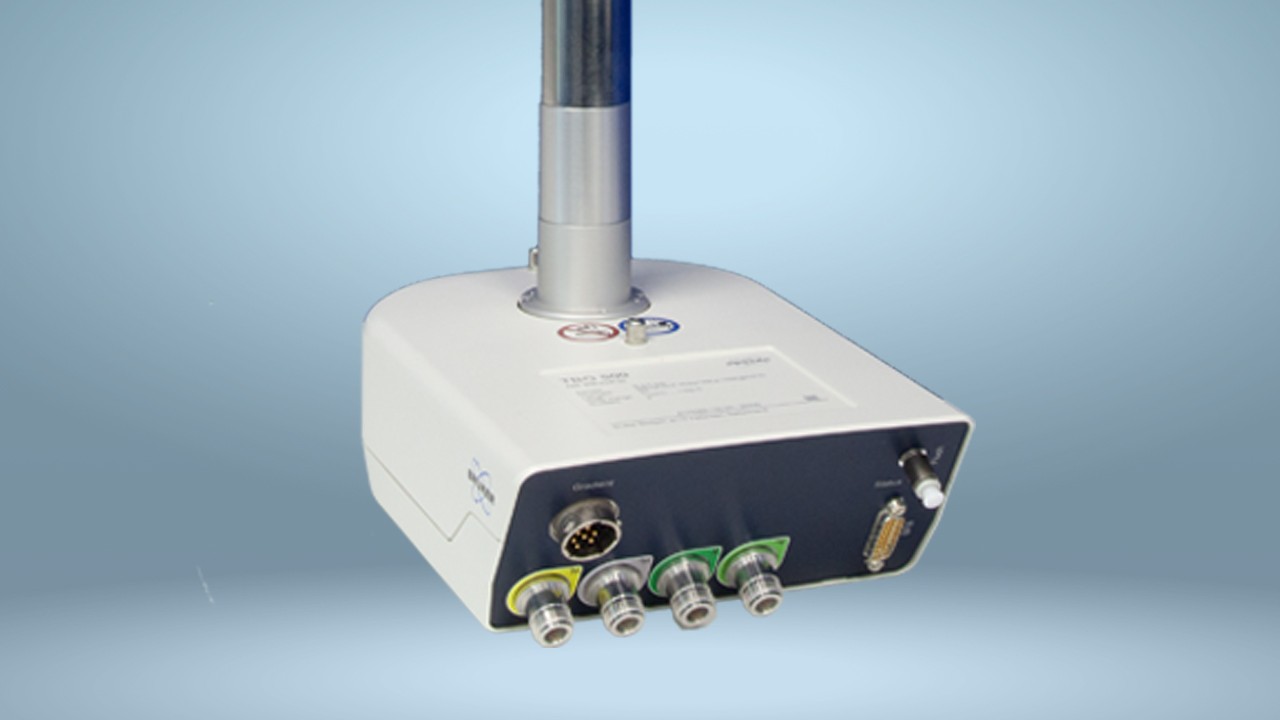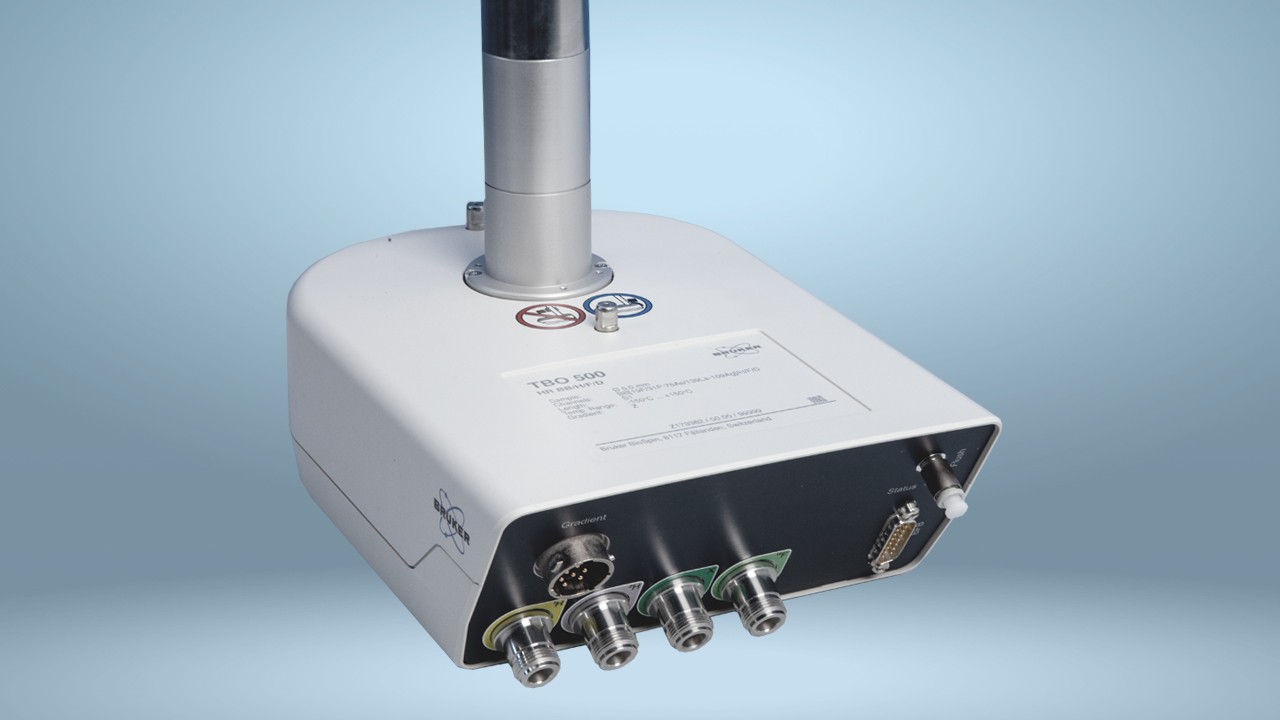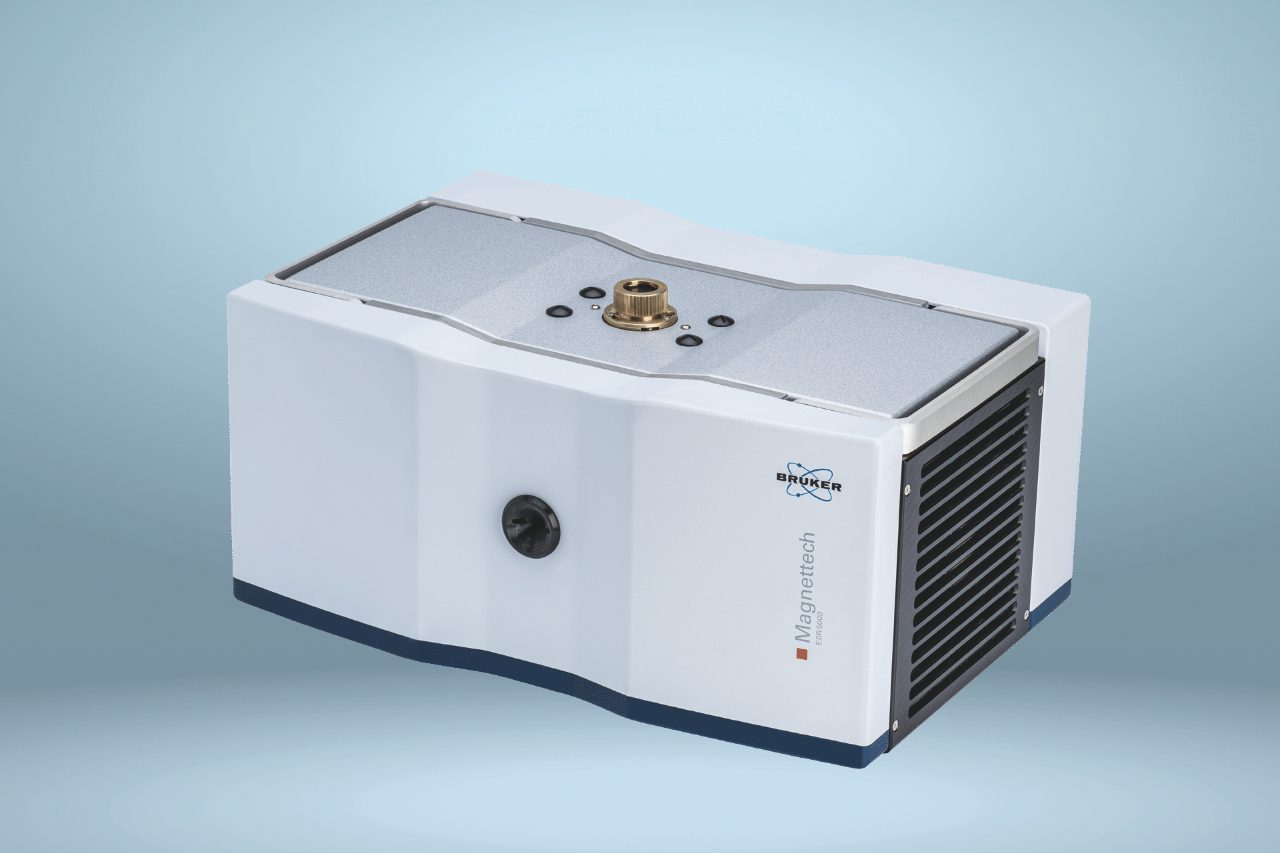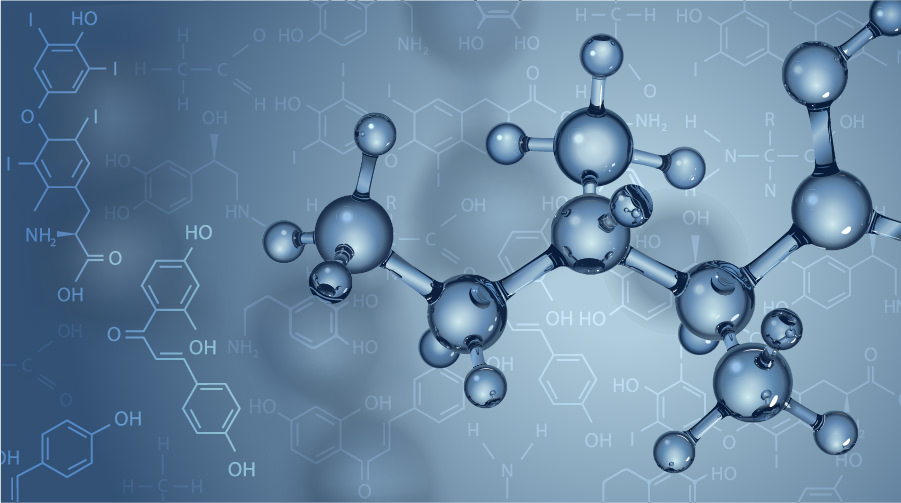

Organic Chemistry
How many times have you see in papers on synthetic organic chemistry a section that looks like this:
¹H NMR (CDCl3, 600 MHz): δH 6.71 (1H, d, J = 10.0 Hz, H3), 6.26 (1H, d, J = 10.0 Hz, H2), 4.81 (1H, dd, J = 1.4, 11.4 Hz, H10), 2.46-2.41 (1H, m, H11), 2.14 (3H, d, J = 1.5 Hz, H15)…and the supporting info contains page after page of NMR spectra?
NMR spectroscopy is a mainstay of analysis in organic chemistry. Whether NMR is used to elucidate novel structures, confirm the success of a reaction or monitor reactions directly, organic chemistry without NMR is almost inconceivable.
Bruker offers solutions for a wide variety of applications of NMR in organic chemistry. The Fourier 80 benchtop NMR can be used in or near the synthetic laboratory for quick checking of reaction steps or monitoring of the progress of a reaction. Easy-to-use high field NMR instruments offer the full range of NMR experiments with software that automates such tasks as structure elucidation and verification, purity analysis or yield determination.
Specialized equipment can provide answers for complex problems. Cryogenically cooled probes can provide unprecedented sensitivity for carbon-13 NMR allowing for the study of materials that are not always amenable to experiments such as HSQC or HMBC. For many organic chemists the 1D carbon spectrum is still the gold standard for verification or identification of a molecule.
NMR can be used to get real time insights into chemical reactions with accessories such as the InsightMR or InsightXpress. These allow the continuous flow of a reaction solution through an NMR monitoring cell or the repeated rapid injection of reactants into an NMR tube in the magnet.
Structure elucidation and verification can be computer assisted with tools such as CMCse or CMC-assist, or with the suite of MNova products.
Recent Publications
Parallel NMR Supersequences: Ten Spectra in a Single Measurement
Ēriks Kupče*, Jonathan R. J. Yong, Göran Widmalm and Tim D. W. Claridge
https://pubs.acs.org/doi/10.1021/jacsau.1c00423

